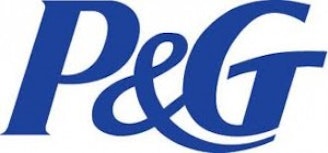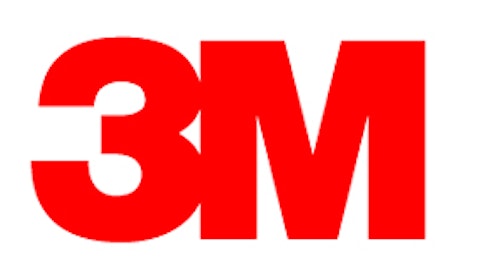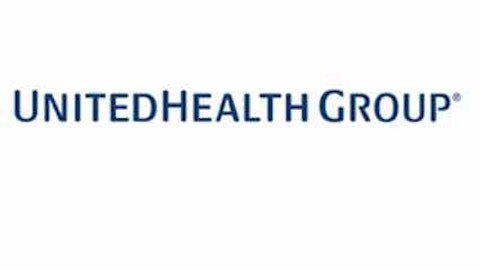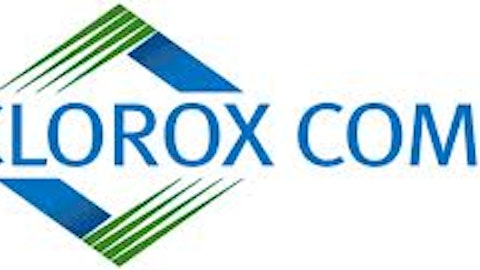Last week The Procter & Gamble Company (NYSE:PG) announced that it was going to reorganize the company from the current five-arm management structure into four divisions. The company also announced that in the process it plans to trim its workforce by about 4,000 employees by 2016, which also follows another 1,600 staff slated to lose their jobs in 2013. P&G, which will be cutting its workforce for only the second time in its 175-year history, seeks to reduce the heavy marketing and manufacturing costs that have cannibalized so much of its profits.

Twenty new plants, same workforce?
The company also seeks to open 20 new manufacturing plants concentrated mainly in the BRIC economies, with China, South Africa and Brazil being primary targets, as well as Romania and Poland. The company intends to increase production in emerging economies, as they account for a majority of its revenues.
Additionally, countries like China and Brazil have already demonstrated a growing appetite for household products. Effectively, The Procter & Gamble Company (NYSE:PG) will also need to hire new staff for the new manufacturing plants, which should range between 3,000 and 5,000. This seems to wipe out the number set to see the door by 2016, which represents an interesting scenario. It is as if P&G is opening 20 new manufacturing plants (bar the difference in salaries) without having to increase the payroll.
Restructuring benefits
For me, the biggest benefits for The Procter & Gamble Company (NYSE:PG) will emanate from the fact that the company will be able to generate more sales without having to increase payroll costs. P&G is by far one of the most efficient companies when it comes to the amount of revenue, EBITDA, and earnings generated by each employee. By adding twenty new manufacturing units to be staffed with a number workers smaller than the one departing means increased revenue per staff member, and consequently, EBITDA and earnings.
Revenue, EBITDA, and earnings conversion per employee the best compared to rivals
Compared to its fiercest rival, Unilever, The Procter & Gamble Company (NYSE:PG) has only 126,000 against a trailing 12-month revenue of $83.72 billion, while the London-based Unilever has 173,000 employees, yielding $66.45 billion in revenues. Kimberly Clark Corp (NYSE:KMB), on the other hand, has 58,000 staff members with a return of $21.14 billion revenue.
The subsequent revenue return per employee is about $664,000 for P&G, as compared to Unilever plc (ADR) (NYSE:UL)’s $384,000 and Kimberly-Clark’s $364,000. The same statistic is replicated in EBITDA and earnings, which makes The Procter & Gamble Company (NYSE:PG) the most attractive stock in its industry in that respect–P&G is leading with about $156,000 for EBITDA and about $90,000 in earnings per staff member. Unilever’s figures stand at about $61,000 and about $34,000, respectively, while Kimberly Clark Corp (NYSE:KMB)’s EBITDA and earnings per staff member stand at $72,000 and $31,000, respectively.
My analysis indicates that the P&G workforce does not weigh much on its profits as compared to its competitors. However, according to the WSJ article noted above, the company has also sought to cut marketing expenses by about $6 billion. This should result in further upside, especially on EBITDA and earnings. Overall, including the staff cuts and marketing expenses, P&G looks to pocket $10 billion in cost savings by 2016, adding that to the $19.7 billion in EBITDA, which gives me nearly $30 billion worth of EBITDA, or $10.95 EBITDA per share, assuming a growth rate of zero for the EBITDA.
Valuation
With a price to earnings ratio of 2.52 times, The Procter & Gamble Company (NYSE:PG) is slightly more expensive than Kimberly-Clark. However, based on the company’s fundamentals, as analyzed, P&G has the best outlook, and therefore provides more value for money to the investor, than does Kimberly-Clark. On the other hand, Unilever’s earnings are expected to decline going forward. However, in terms of P/E ratio, the U.K-based company is still expensively priced with a P/E of 20.64 times, as compared to P&G’s 17.47 times.
The bottom line
At 12.5% upside YTD, and trading at a P/E ratio of 17.47 as compared to the industry average of 23.61, The Procter & Gamble Company (NYSE:PG) has a long way to go northwards. There is nothing to hold investors back now that the company has promised to reorganize its organizational structure and consequently trim spending on marketing and payroll, while expanding production in the most promising regions. There is no better time to buy this large cap stock, which, above all, promises stability and minimum risk.
Nicholas Kitonyi has no position in any stocks mentioned. The Motley Fool recommends Kimberly-Clark, Procter & Gamble, and Unilever. Nicholas is a member of The Motley Fool Blog Network — entries represent the personal opinion of the blogger and are not formally edited.
The article P&G Is Still Below Par originally appeared on Fool.com and is written by Nicholas Kitonyi.
Copyright © 1995 – 2013 The Motley Fool, LLC. All rights reserved. The Motley Fool has a disclosure policy.




